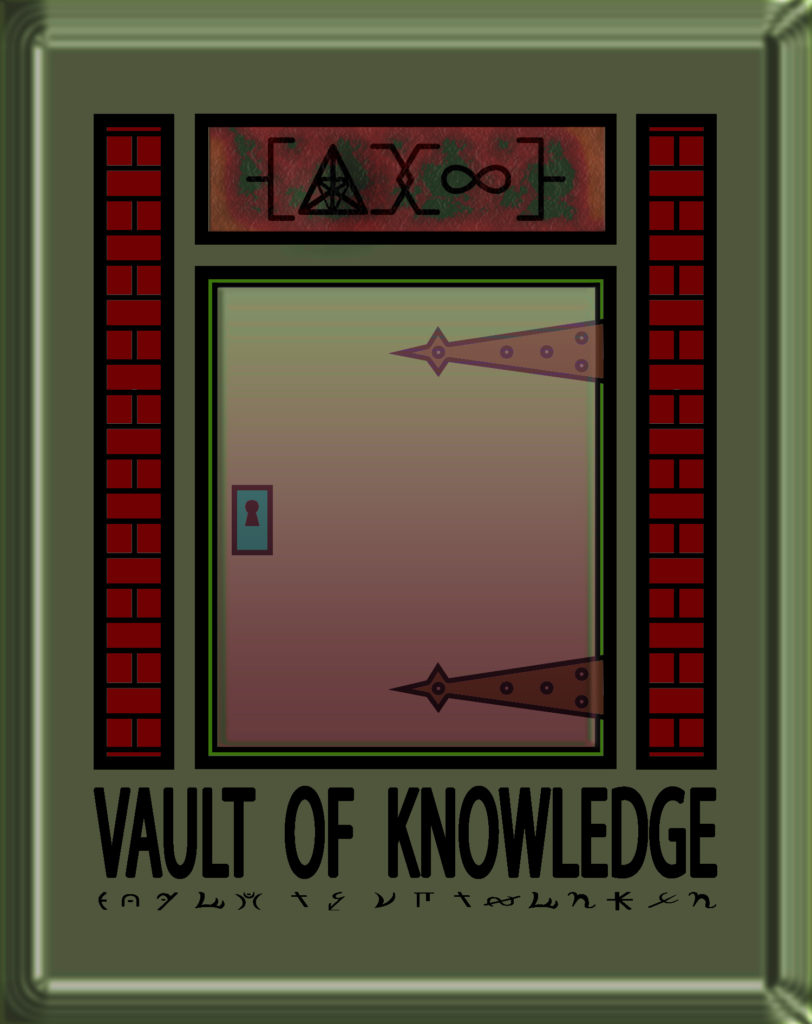Be it any sort of fiction, a writer needs to know how to design a good character. When should you do it? How much detail should you give it? How much background? These are the questions I’m here to answer today.
First, before even starting your book, and assuming you have it outlined or at least know how it’s starting out, you need to design as many characters as you know that you will need. Sure, as the book progresses you will find yourself adding more later on, but get as many out of the way as you can before you start; it’ll make things a lot easier that way. The main question then becomes, how much detail to give it. The answer would be, a bit more than what you’ll ever need in the story. Main character or secondary, if you’re going to describe what they look like, want to know how they’ll react and interact, then you need detail.
For a character’s appearance, I tend to put down far more detail than anyone could use, but better too much than not enough. Name, height, weight, hair color and type, eye color, skin color, what they wear, common items on hand, history, etc.. to keep track of all this detail, I use a database- a necessity when the first book of your series has around 20 characters in it. Each field ion the database is a different specific aspect of the description: eye color, skin, etc.. That makes it easy to search and find exactly what you need without wasting any time from writing. If you want to know what adjectives to insert into a line like “She flipped back her XXX hair as she gave him a sultry look”, then you quickly look up in the database under the character’s name and get “long wavy” and “blonde”. Of course, you can tweak the exact wording from that of the database to suit the circumstance and scene of the story’ the database is there as a guide and a means to keep things consistent. I never have to worry about forgetting which side of someone’s face a mole happens to be on because it”s right there in my records.
Now for background. The general gist of this ends up ion my database as well, but for any extensive details affecting plot, I break out a text file where I record all my major plot notes and outlines. How detailed a background you give a character should depend not on how major or minor a character is, but how much his/her/its actions will affect the course of the story and plot. A major character could simply be the son of a vineyard owner and still work, but a seeming background character could have a more complex background that can dictate which of the main characters he will help, which he hates, and why in the end that common street thief decides to help out the hero save the world after all. This background is fully known to the author, of course, but you needn’t reveal all, or even any, of it in the story. Just keep his actions consistent with his background- the reader may not know what that background is, or maybe they can guess, but they will at least be able to sense that the character is following a pattern of some sort. As the situation calls for it, pertinent details can be revealed, or perhaps the character will have a reason to trust another enough to confide some significant element if there’s a good reason.
Now, it is always possible that during the course of the writing, you will come up with this great idea to add to a character’s background AFTER you’re already introduced him. Should you do it or stick with your notes? Well, ask yourself this. Is this new element still consistent with the personality of the character? Could it fall logically within his background, or add to it in a productive way? Then you also need to consider, can you do it without having to rework major sections of what you’ve already written? If yes to all of these, then go ahead; if it enriches the story and the character then don’t hold back. But, if this addition would cause some major changes in both what you’ve already written and in the plot yet to come, then consider carefully before creating a lot of work and rewriting for yourself.
Finally, personality is very important, for it decides how he acts, speaks, will he be the type to offer quick-witted quips in the midst of battle or simply run and hide. A character can also have a quirk or two, something completely unrelated to anything about the story; just like in real life people have quirks, habits, and hobbies, so to can the characters in your stories. Flesh out the character’s personality as fully as for a real life person. Does he like chewing gum or popping jelly babies, or is he a history buff? Anything that adds life to the character, adds life to the story that he is in, and makes him distinctive from the other characters. If a character… has a habit… or talking in… groups of three… words at a time… then you won’t even need to identify that it’s him speaking half the time. Your readers will have a far easier time identifying with characters that seem like real people than they would with stuff pieces of cardboard shaped like characters.
There are three elements to a good story (at least in my opinion): Plot, Background, and Characters. The Plot is what you come up with. The Background is that of the world and environment, be it a space opera or old western. And the Characters are those that inhabit the Background and are involved in the Plot. Create your characters as real as you can- be they normal humans, heroes, or gods- and they can sell the Plot and Environment to your Readers.





 Users Today : 390
Users Today : 390 Total views : 4024289
Total views : 4024289 Who's Online : 7
Who's Online : 7

